Have To Must
HAVE TO has a meaning similar to MUST.

Have to must. Does he have to go?. (Student to teacher) When do we have to hand in our homework?. Must and Have To.
Entonces, ¿cuál es la diferencia entre must y have to?. So, let’s have a look at these examples to understand the. Y have to se refiere a una obligación externa… las reglas, la ley, algo que tienes que hacer y punto.
(It is not my decision - my husband asked me to buy them.). Must and have to are both used to talk about obligations:. Must - Have to Introduzione.
Must is known as a modal verb in the English language while have to is a verb. They will have to arrive early. Dans ce nouveau tuto, Huito vous (re)explique la différence entre MUST et HAVE TO!.
Anglické „ have to “ se používá stejně jako „ must “ pro vyjádření povinnosti nebo nutnosti něco udělat. Must, have to, should, should have) Should Se usa "should" para dar o pedir consejo o para dar opiniones en el presente:. On the other hand, must is mainly used to talk about the feelings and wishes of the speaker and the hearer.
In American English, have to is more common than must. (NOT I must to go to the doctor.;. Similar to have to – strong obligation.
In English, we use the words must and have to when we want to say that something is to be done necessarily or compulsorily. Have to can play the role of must in the past (had to) present, and future tenses. You mustn’t smoke indoors, it is illegal.
Have them make a list of five things that they have to do every day. Discuss the differences between 'have to' and 'must' in the positive form. Use must + infinitive without to.
We use have to and must to express obligation. Have to shows us that the obligation comes from outside the speaker. Must-have definition, something considered absolutely necessary or essential to own:.
Use must/mustn’t in negatives and questions. Must means "really should or else it will be bad for you", it expresses an obligation forced by the speaker. They are both followed by the infinitive.
She had to work hard yesterday. "Have to" is used to express certainty, necessity, and obligation. He has to, he had to, he has had to, he will have to.
ใช้ must ได้เฉพาะกับเหตุการณ์ในปัจจุบัน และอนาคต ไม่มีรูปอดีต แต่ have to ใช้ได้ทุกรูป เช่น – We must go now. Have to and must are being looked at together because of the inter-changeability when used for certain functions and the confusion caused when they cannot be interchanged for others. Otherwise, we will leave without you.
We must talk to her before she leaves. You must arrive on time;. Must/mustn’t, have to/don’t have to – form.
The speaker thinks it is necessary, or it is the rule. HAVE TO has a different meaning:. You are obliged to come (I require that you come) You have to come.
That’s the good news. 5-6-7 Mustn't vs Don't Have to Exercises 1 / 2 / 3 8-9-10 Must vs Have to / Has to Exercises 1 / 2 / 3 11. "I have a terrible stomachache." "You should go to the doctor's." "I haven’t heard from my father." "You should call him." "She's not happy with the salary offered.".
However, have got to is mainly used to talk about obligations that come from outside. La diferencia entre Must y Have To en YouTube. She will _____ wait in line like everyone else.
"Have to" is used to show that a person is obliged to do something, usually by an outside force, have to can also be used to give your opinion:. While Must can generally be replaced by Have to in the present tense, there is sometimes a slight difference in meaning or use. 1.- At our school we _____ wear a uniform.
♦ I must buy flowers for my mother. It is very late, and you have a lot of work to do tomorrow. You should try to get some sleep;.
Trong bài viết này, Language Link Academic sẽ giới thiệu những cách sử dụng các động từ này trong từng văn cảnh nhé. The verbs need, have to, and must are all synonyms of one another and are used to mean that something is necessary or required. While must defines the exigency of doing something, have to denote an obligation which is imposed by someone else.
Mus t and have to are both used for obligation and are often quite similar. You are obliged to come. MUST and HAVE TO are both used to express an obligation, responsibility or necessity.
We have to correct these problems soon or the project will fail. It is most often used to say that an. But they each have slightly different connotations and uses.
You must read this book - Musisz przeczytać tę książkę (warto, bo jest świetna!);. Have to is a variation of the verb have. Don’t have to means there is NO obligation to do something.
Faire un don unique:. Must can be used as synonyms. They are usually interchangeable;.
Must ve have to çoğu zaman birbirinin yerlerine kullanılabilirler. MODALS + V3 Practice Test Ought to (Should) Have / Must Have Needn't Have / Didn't Have To Should Have Done Drag. 2) In a very polite question May I open the window?.
'have to' is conjugated as a regular verb and therefore requires an auxiliary verb in the question form or negative. Use must/mustn’t in negatives and questions. I must go to the doctor.
- il verbo modale must - il verbo to have to - il loro diverso significato nella forma negativa. This modal auxiliary has all normal tenses, including progressive or continuous forms;. He must come with us.
Have to 'Have to' is used to express certainty, necessity, and obligation. Introduce the grammar by having the students take a look at the grammar sheet below. Mustn't vs Needn't vs Can't Similar Exercises:.
Yesterday I _____ finish my geography project. Have to, must Quiz. If you say, We must talk to her before she leaves, you mean that you think this is very important, and you need to do it.
I must write a letter to John. On the other hand, ought to is less emphatic than must, but more than should. Let’s look at our previous example using MUST:.
Since this video is about fails, we will try to give right advice to people, so they can predict making the same mistake in the future. “She must go to the store” and “She has to go to the store.” The meanings here are the same. Must mustn't had to a) must b) mustn't c) had to.
"Must" i "have to" tłumaczymy na język polski w ten sam sposób - musieć.Różnica jest jednak w użyciu obu tych czasowników w języku angielskim. We have to wear a uniform when we're working in reception. We are not lost.
We often use have to to say that something is obligatory, for example:. Be careful with the negative of Must and Have to. The crucial difference between should, ought to and must, is based on the extent to which they emphasize, in the sense that must is the most emphatic of the trio.
Should, have to, must will definitely come in handy. Si no ves el video arriba, pincha aquí:. The obligation comes from an external source.
You must abide by the law. Must se refiere a una obligación entre dos personas, o una obligación que sientes. This has to be the right place.
Both Must and have to express obligation or necessity, but there are some small differences:. (NOT He must comes with us.;. Teď si můžete říct, že by jim mohlo stačit jedno slovíčko, ale za chvilku poznáte, že drobné rozdíly mezi „ must “ a „ have to “ jsou.
= เราต้องไปตอนนี้ – We must go tomorrow. Must and have to express obligation or necessity:. In other words, it’s not a rule.
La diferencia entre MUST y HAVE TO en inglés. We have to get up early. Need, when followed by to and a verb, is the narrowest of the three verbs.
ESL video lesson with an interactive quiz:. I must go to the doctor. Must not have, mustn't have If other tenses are required, the speaker or writer must use forms of the synonymous modal verb " have to ".
You have to read this book - Musisz przeczytać tę książkę (to jest lektura obowiązkowa, jak jej nie przeczytasz, to. He must come with us. Bu dersimizde bu farklar vurgulanacaktır.
Modals With Passive Voice 1 / 2 14. Complete the following sentences using must or. There is a slight difference between the way we use them.
Must means that the obligation to do something comes from the speaker. Similar to ought to – a suggestion. (NOT He must comes with us.;.
As such, many people use them in this way with no distinction. When you say, I have to go into work early tomorrow, you mean that. A collection of English ESL MUST or HAVE TO (obligation) worksheets for home learning, online practice, distance learning and English classes to teach about.
We use have to / must / should + infinitive to talk about obligation, things that are necessary to do, or to give advice about things that are a good idea to do. Aralarında kullanım açısından ufak farklılıklar vardır. Have to for objective obligation.
L'argomento grammaticale affrontato in questa pagina riguarda il verbo Dovere e in particolare la differenza di uso tra due verbi che hanno tale significato:. "you don't need to dot that". Mustn’t means something is prohibited or it is not allowed.
A reader asks for clarification on these three common verbs. I have to go into work early tomorrow. I told him what he had to do.
The main difference between must and have to can be the emotional context. What does Have To mean?. Modal verbs don’t add -s after he/she/it.
Note that we can use the have to expression in all tenses, for example:. He must be a policeman. You have to show your passport at passport control.
If we look at the origins of the two verbs must and have to, must has its origin in the Old English verb mōste while have has its origin in the Old English word habban. Przyjrzymy się kilku przykładom:. Use must + infinitive without to.
I have to go to the school. Generally, they all mean that you’re talking about a responsibility, an obligation, or something that is important to do. Al has to work tomorrow so he can't come.
Unlike “must” where we just make an inversion to create the interrogative, “to have to” is a little more difficult as it requires an auxiliary verb in the form of the present tense of “to do”. Let’s take a look at the examples to understand them better:. (It's her birthday and I decide to do that.) ♦ I have to buy flowers for my mother-in-law.
This is where they are similar. 2) In the negative:. When we are talking about another person's obligation we use have to, too.
(NOT I must to go to the doctor.;. The main differences between must and have to are:. These are not common, but need to be used in some cases.
These words can often be used interchangeably in English;. Use 'have to' in the past, present, and future to express responsibility or necessity. I must go now.
Have / Has to expresses general obligations. 1) In the affirmative:. This cookbook is a must-have for chocolate lovers.
Definition of have to 1 —used to say that something is required or necessaryYou have to follow the rules. Both must and have got to can be used to talk about necessity. Cümlede Must kullanıldığı zaman cümleyi söyleyen kişinin kendi otoritesini ortaya koyduğu ve kendi duygularını ve kişisel görüşünü dile getirdiği anlaşılır.
So, it is obvious that the degree of emphasis is least when we use should in our sentence. My hair is the evidence, “You must have hair gel in your hair” and my friend who says he has been driving for 16 hours, “You must be exhausted.” So, hopefully that has given you an introduction to the difference between must and have to. You know, something that we can evidence, you know, some kind of evidence.
“Have to” and “must” are very similar in meaning and can often times be used interchangeably. It tests what you learned on the have to, must page. 1) Probability She may come tomorrow.
Editor Kory Stamper explains. MUST, MUSTN’T, HAVE TO, DON’T HAVE TO Complete these sentences with must, mustn’t or the correct or the correct form of have to. You can do this grammar quiz online or print it on paper.
It is important that you do NOT do something. Must is a modal verb, and modal verbs are followed by infinitive without to. Must / Mustn't / Needn't / Have to 12-13.
There are some differences that need to be noted, however, to use. Must is a modal verb, and modal verbs are followed by infinitive without to. Must definition is - be commanded or requested to.
Things you cannot choose not to do. Make sure to point out that 'have to' is used for daily routines while 'must' is used for strong personal obligation. How to use must in a sentence.
A short video explaining the difference between the modal verbs of obligation, "must" and "have to." Practice here:. Modal verbs don’t add -s after he/she/it. There is a BIG difference in meaning between Mustn’t and Don’t have to.
Tuy Must/Have to/Ought to có ý nghĩa tương đương nhau nhưng tùy trường hợp mà chúng có những cách sử dụng khác nhau đấy nhé. • Must expresses the speaker's feelings, whereas have to expresses, above all, an impersonal idea:. Children have to go to school.
Must/mustn’t, have to/don’t have to – form.
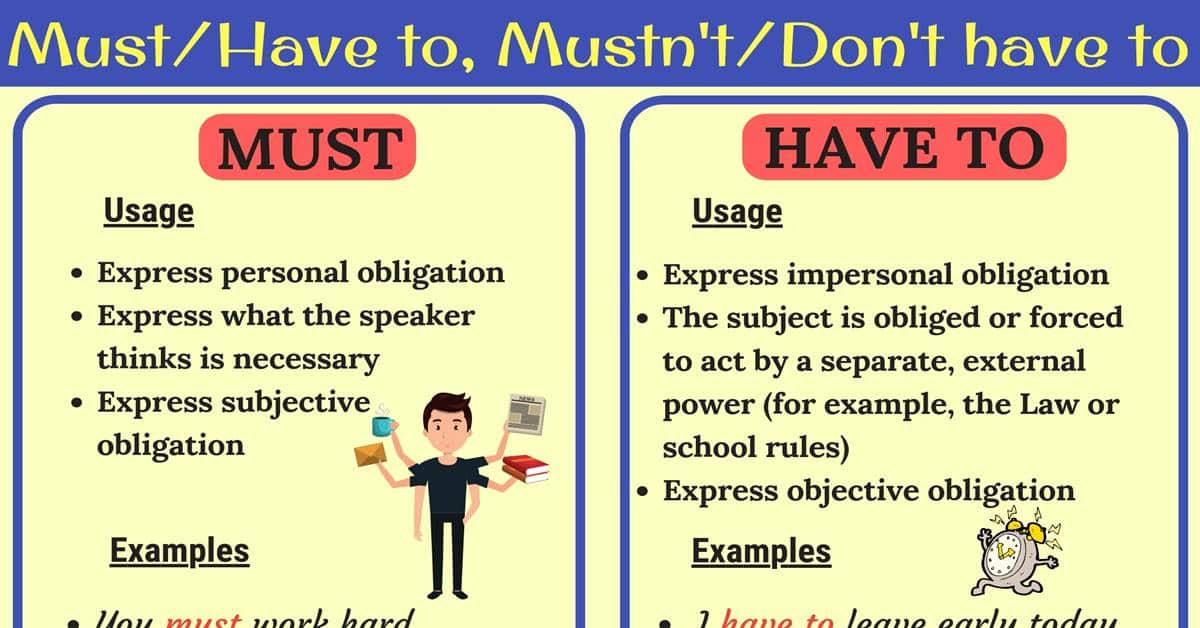
Must Vs Have To Must Not Vs Don T Have To 7 E S L

Can Must Should English Esl Worksheets For Distance Learning And Physical Classrooms
Q Tbn 3aand9gctitggmzl2j Ymsyni7w Spmbkv4s4wdmb3y9mmmu Usqp Cau
Have To Must のギャラリー

Must Have And Nice To Have Criteria Download Table

Modal Verbs Online Presentation

English Grammar Must And Have To Mustn T And Don T Have To Eslbuzz Learning English

Difference Between Must And Have To With Examples And Comparison Chart Key Differences

Test English Prepare For Your English Exam

Modal Verbs Prezentaciya Onlajn
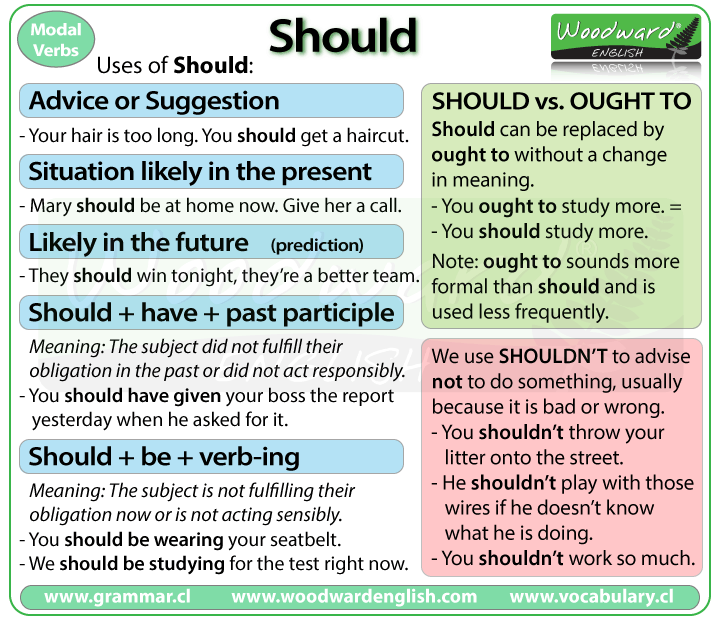
Modal Verbs Must Should Have Has To Lessons Tes Teach

Modal Verbs Should Ought To Have To Y Must

Yes No Questions With Modal Verbs English Study Page
Q Tbn 3aand9gcrijkykkzjpgl7kg2vfz6efmcty3xlvxi 9wyfojjc Usqp Cau

Have To Must And Should For Obligation And Advice Learnenglish Teens British Council
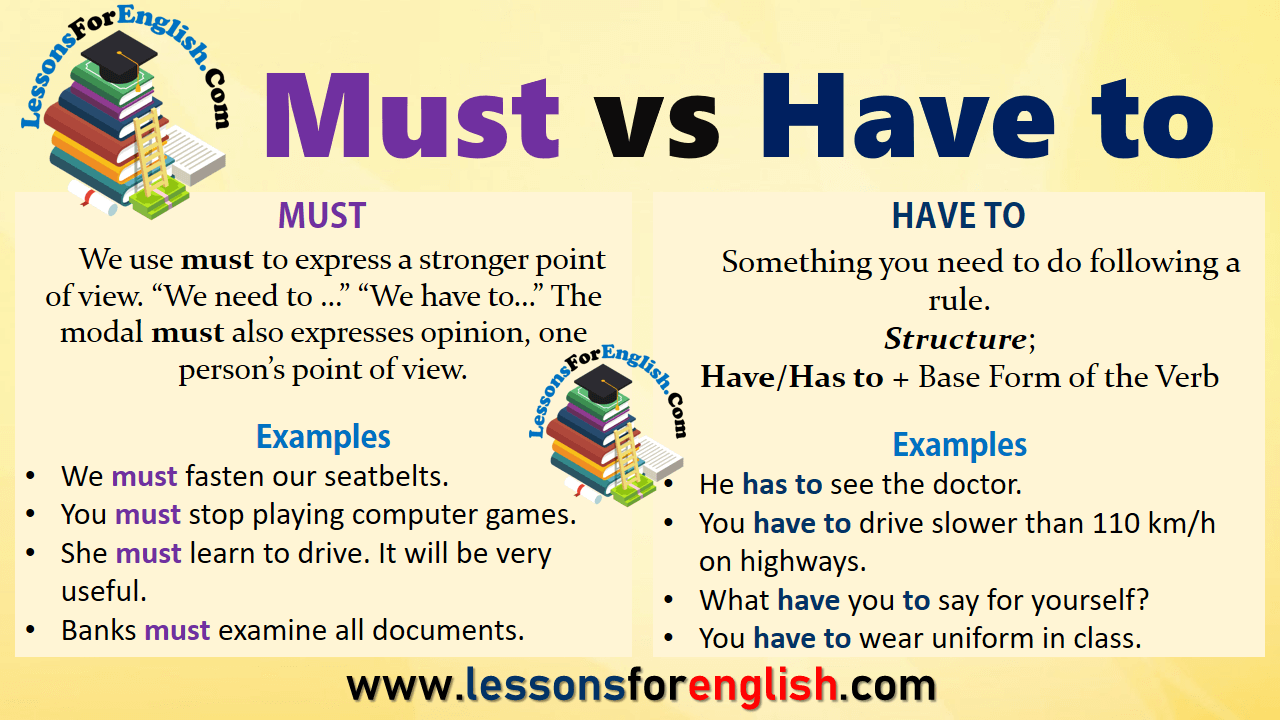
Must Vs Have To In English Lessons For English

Must Mustn T Have To Don T Have To English Esl Worksheets For Distance Learning And Physical Classrooms

Should Must Have To
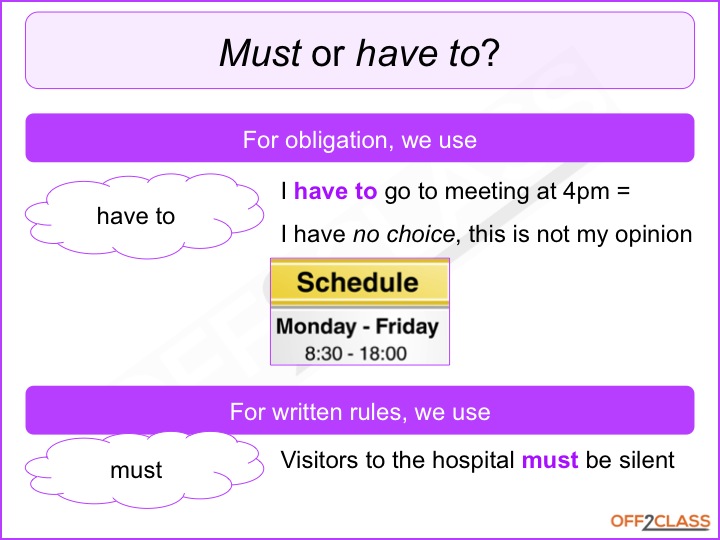
Teaching Must And Have To Necessity Modals Off2class

Must Vs Have To English Esl Worksheets For Distance Learning And Physical Classrooms

Test English Prepare For Your English Exam

Test English Prepare For Your English Exam
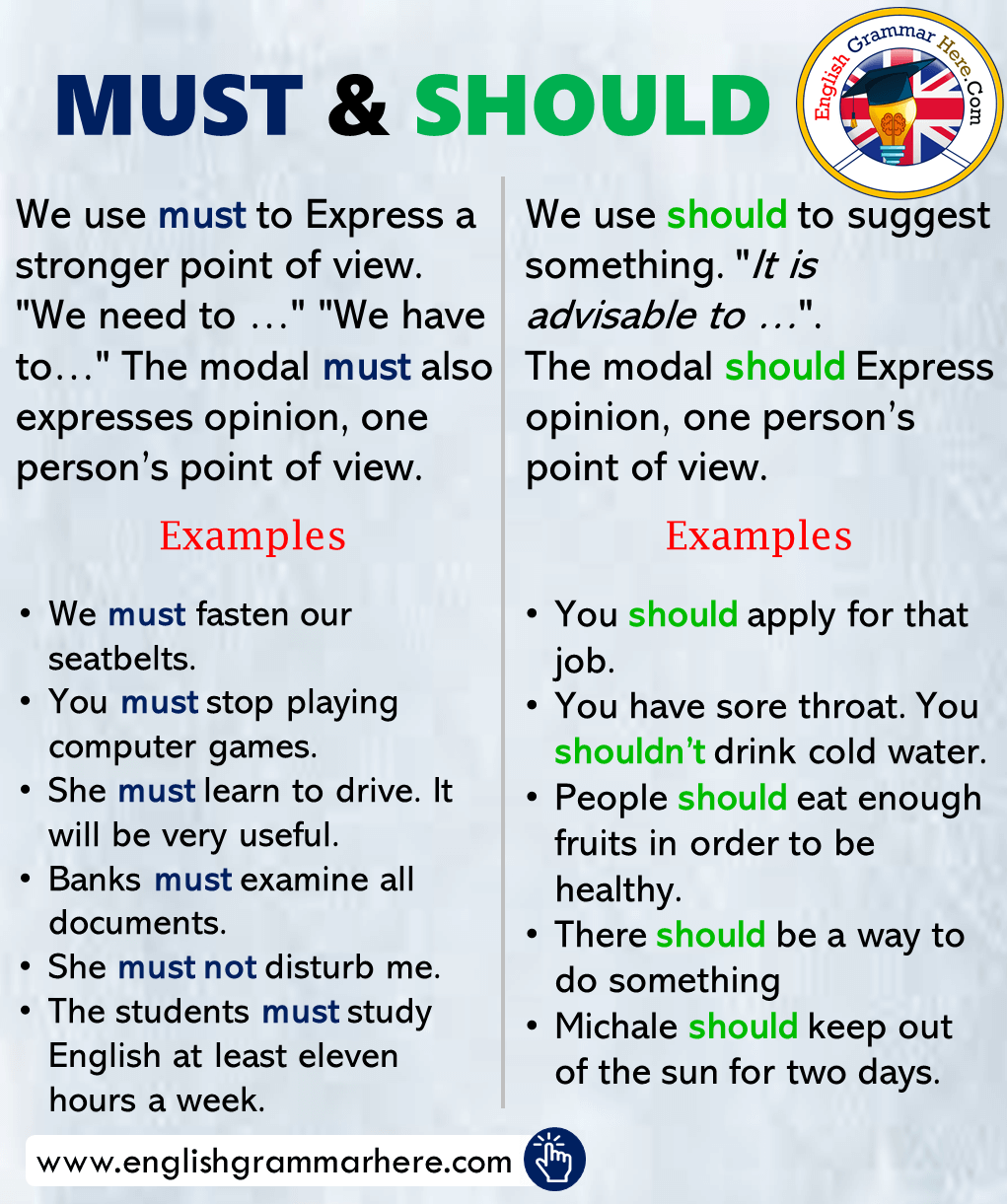
Using Must And Should Example Sentences English Grammar Here

Test English Prepare For Your English Exam
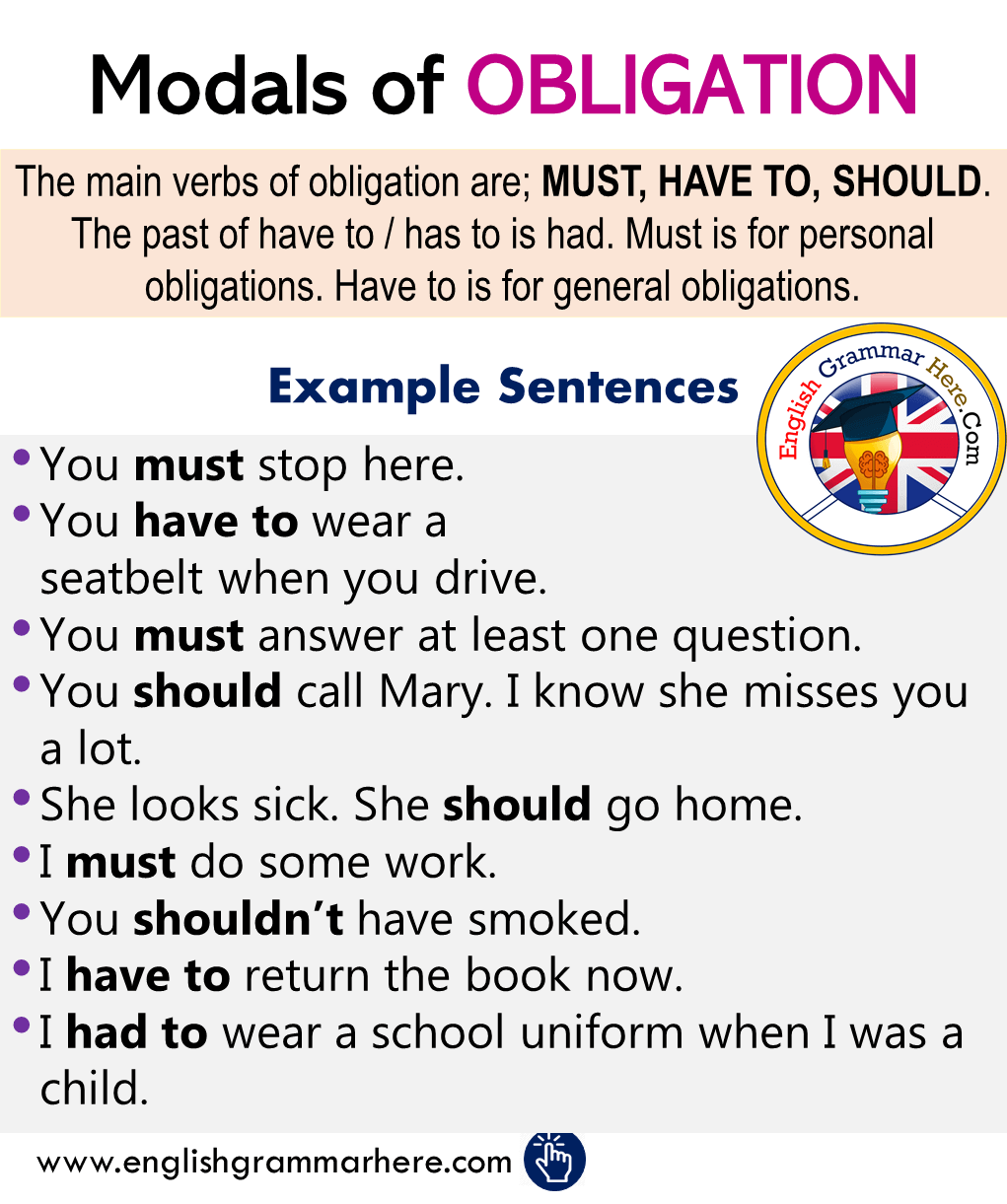
English Modals Of Obligation Definitions And Examples English Grammar Here

Modal Verbs How To Use Must Have To And Should English Grammar Lesson Youtube

Modals Of Obligation English Study Here
:max_bytes(150000):strip_icc()/sign-warning-people-of-fines-for-feeding-wildlife-in-a-park-at-arakoon-in-new-south-wales--australia-847527992-5bc9d8c246e0fb0026d028e0.jpg)
How To Use Must Have To And Need To In English

Teaching Must And Have To Necessity Modals Off2class

Difference Between Have To And Must Difference Between

Ana S Esl Blog Modal Verbs For Eso 3 Students

English Intermediate Ii U4 Be Supposed To Should Have To Must And Was Were Going To

Should Must And Have To English Esl Worksheets For Distance Learning And Physical Classrooms
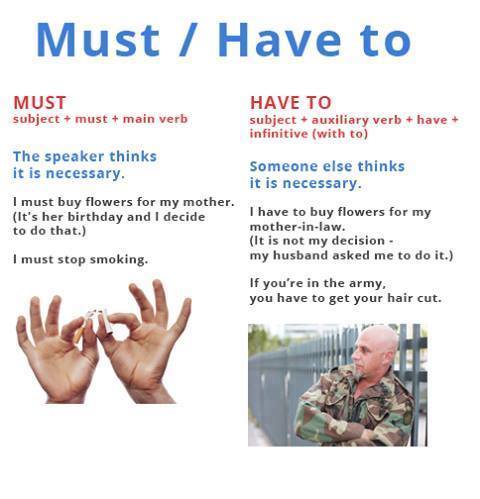
Modal Verbs Lessons Tes Teach

Learning Passive Modals It Can Be Done
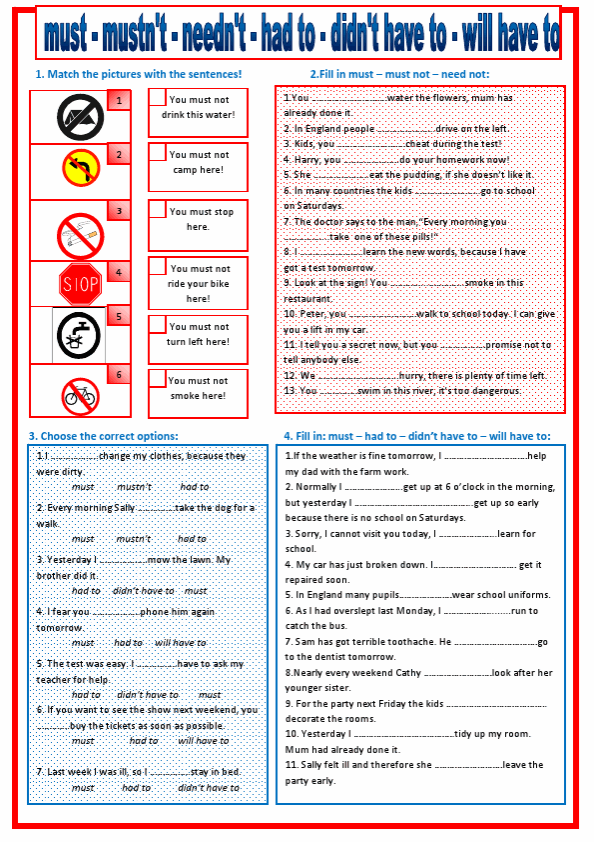
Must Mustn T Needn T Had To Didn T Have To Will Have To Must Have To Esl Printable English Grammar Exercise Worksheets For Kids And Teachers
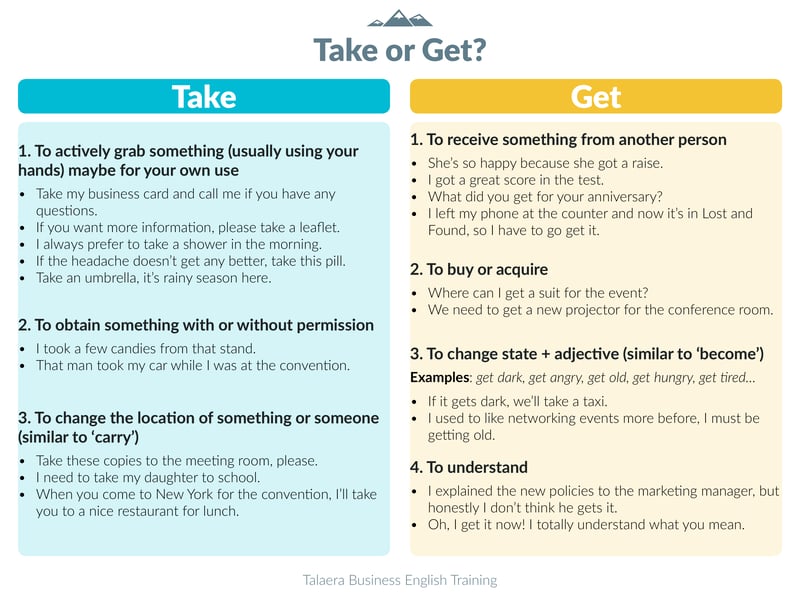
Take Vs Get Includes Examples And Exercises

Modal Verbs Ingles

57 Free Have To Worksheets

Should Must Have To Interactive Worksheet

Mustn T Vs Don T Have To Woodward English
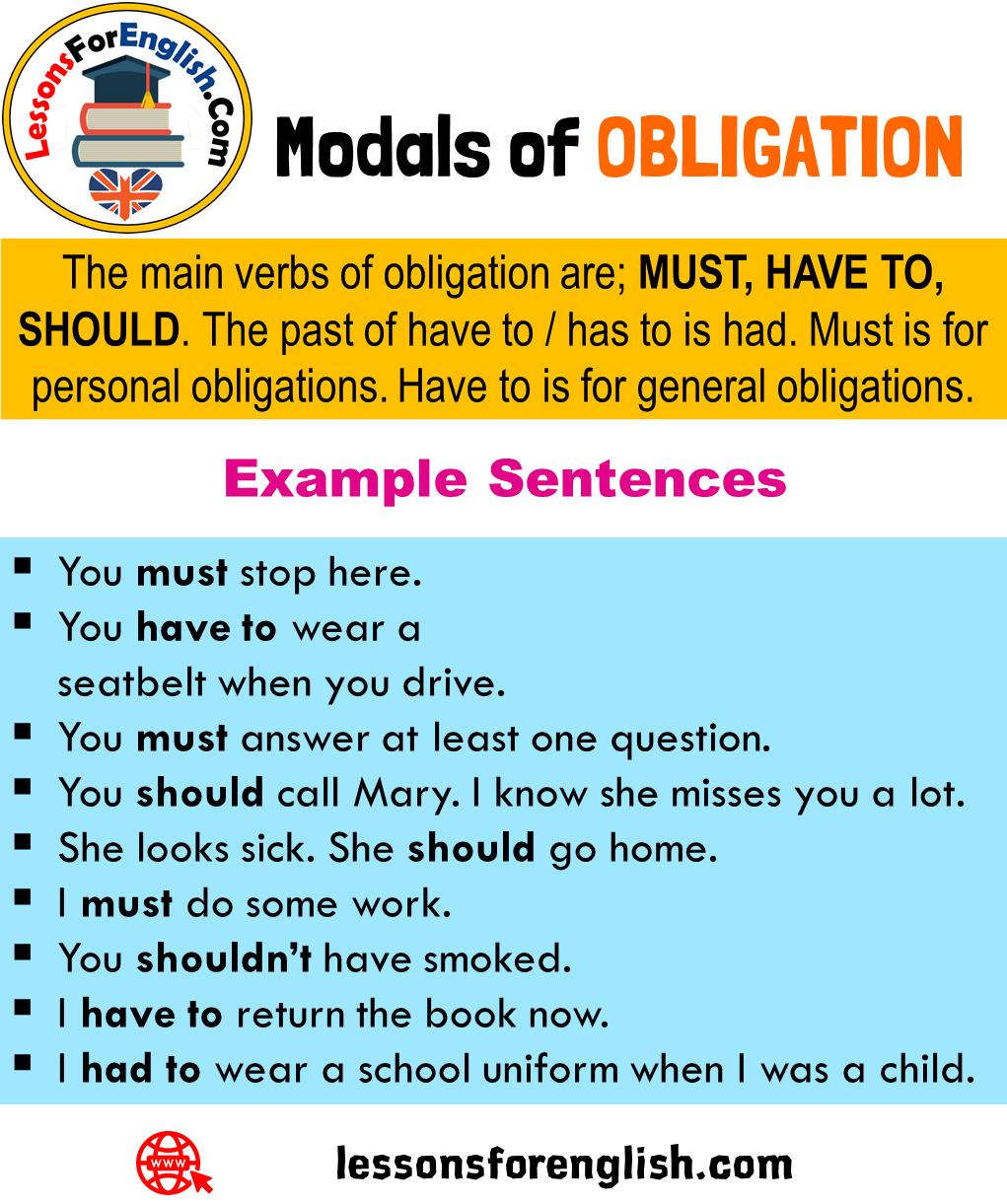
Modals Of Obligation Definition And Example Sentences Lessons For English
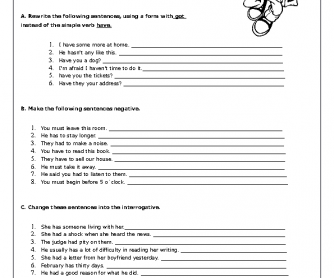
81 Free Must Worksheets

English Esl Must Or Have To Obligation Worksheets Most Downloaded 128 Results
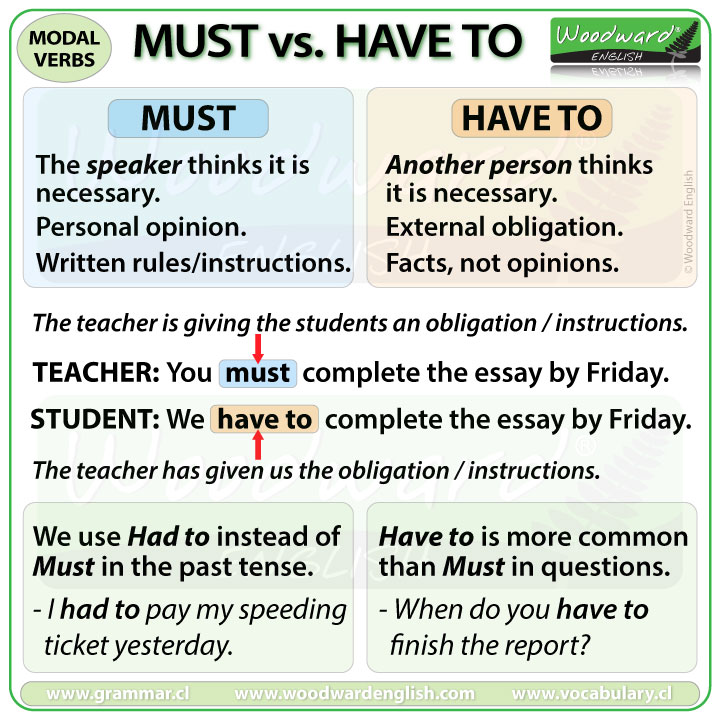
Must Vs Have To Woodward English
3

Should Must Have To
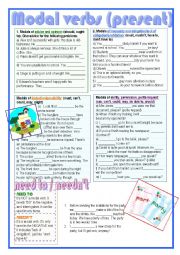
English Exercises Obligation Should Must Have To

Should Must English Esl Worksheets For Distance Learning And Physical Classrooms

Can X2f Could X2f Be Able To Must X2f Can T X2f May X2f Might X2f Could Deduction Must X2f Have English Grammar English Verbs Learn English

Must Vs Have To Easy English Conversation Practice Mark Kulek Esl Youtube

Must Vs Have To What Is The Difference Youtube
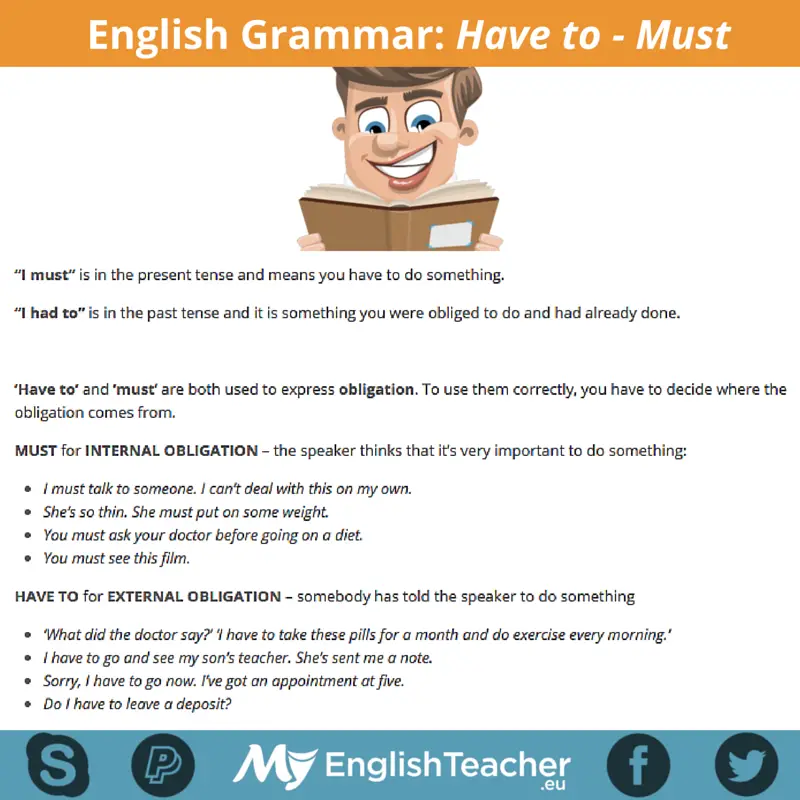
I Had To I Have To Or I Must What Is The Difference Myenglishteacher Eu Blog

Should Could Would May Might Must Have Done Modal Verbs In English Grammar Lessons Youtube

Mappe Per La Scuola Must Mustn T Don T Have To E Do I Have To

Modals Of Obligation Definition And Example Sentences English Study Page

Must Or Have To Interactive Worksheet
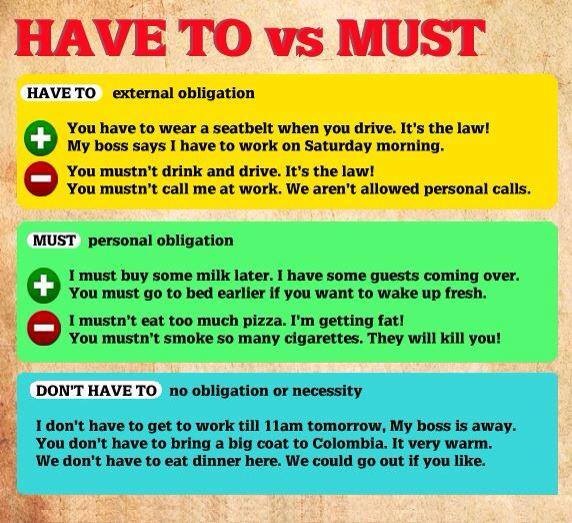
Have To Vs Must The Crazy Teacher S Blog The Crazy Teacher S Blog
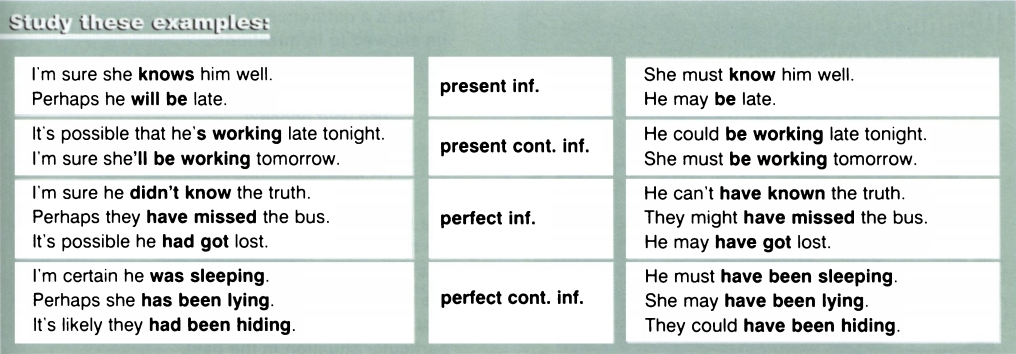
General Rules Modal Verbs
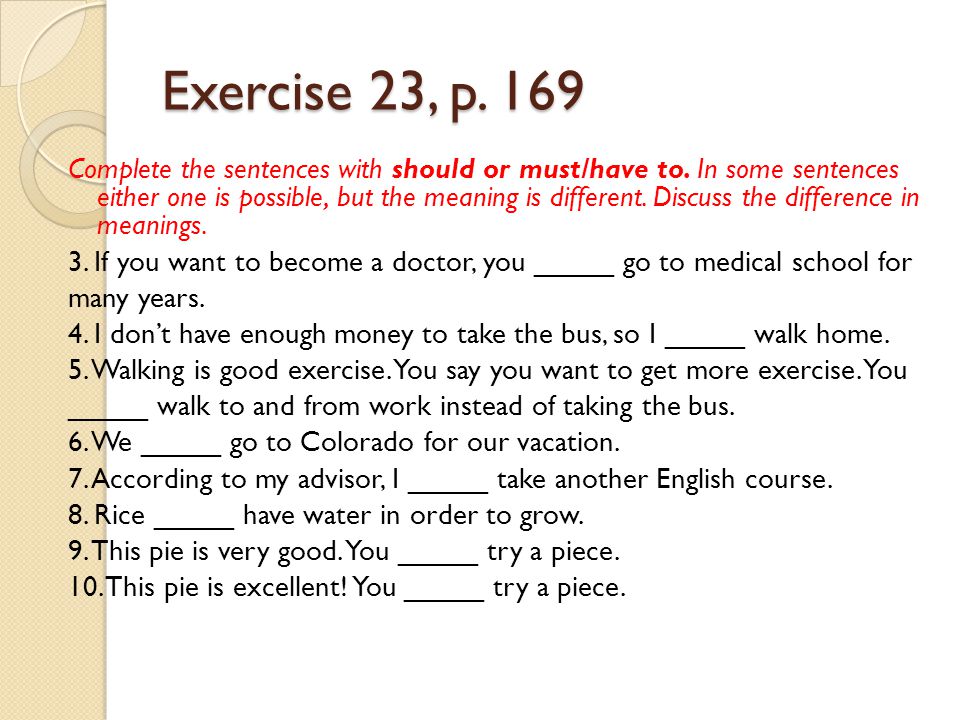
Modals Part Ppt Download

Must Vs Have To Woodward English

Modal Verbs Should Ought To Have To Y Must

What S The Difference Must Vs Have To Must Not Vs Don T Have To Teaching English Grammar Learn English English Phrases
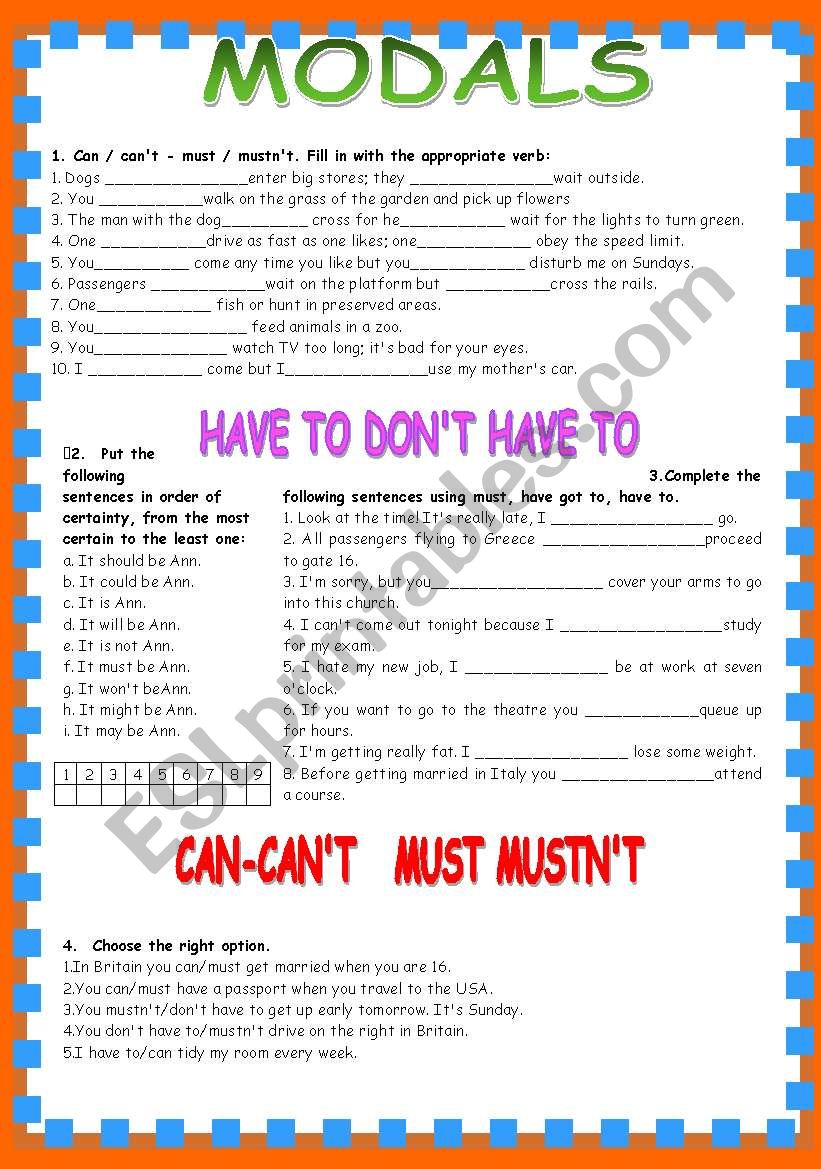
Modals Can Can T Have To Don T Have To Must Mustn T Should Shouldn T Esl Worksheet By Patties

Teach Should And Ought To Advisability Modals Off2class
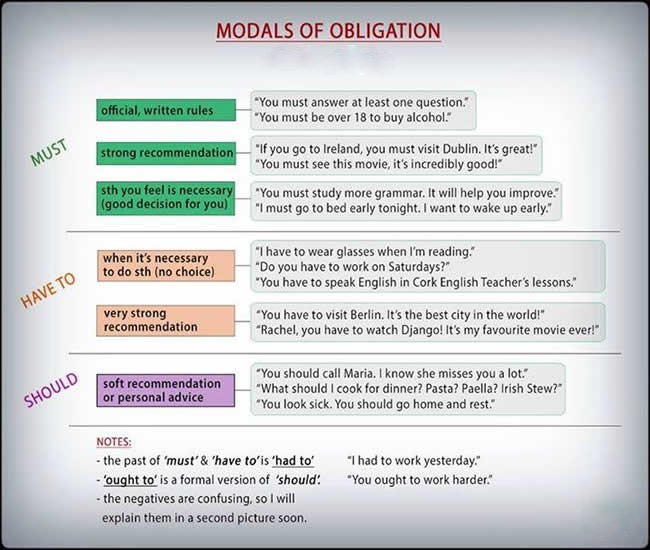
Modals Of Obligation And Prohibition Let S Learn English
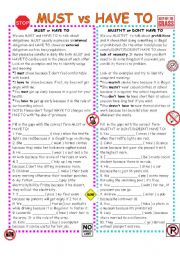
Must Or Have To Esl Worksheet By urcu

Must Vs Have To Must Not Vs Don T Have To 7 E S L English Grammar Rules Teaching English Grammar Learn English
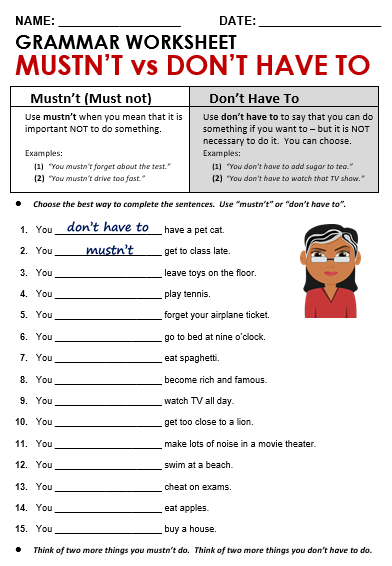
Must Necessity All Things Grammar

Modal Verbs Obligation Prohibition Esl Activities Worksheets Games
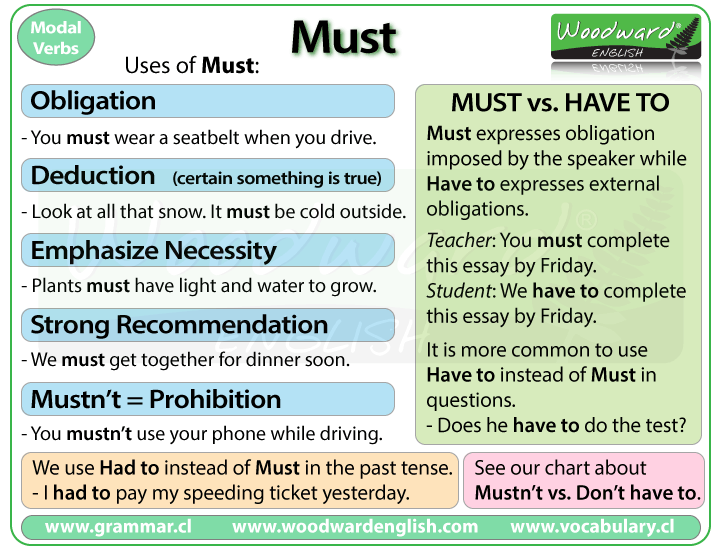
Must English Grammar

Must Or Have To Interactive Worksheet

Should Must Have To English Modal Verbs Part 3 Youtube
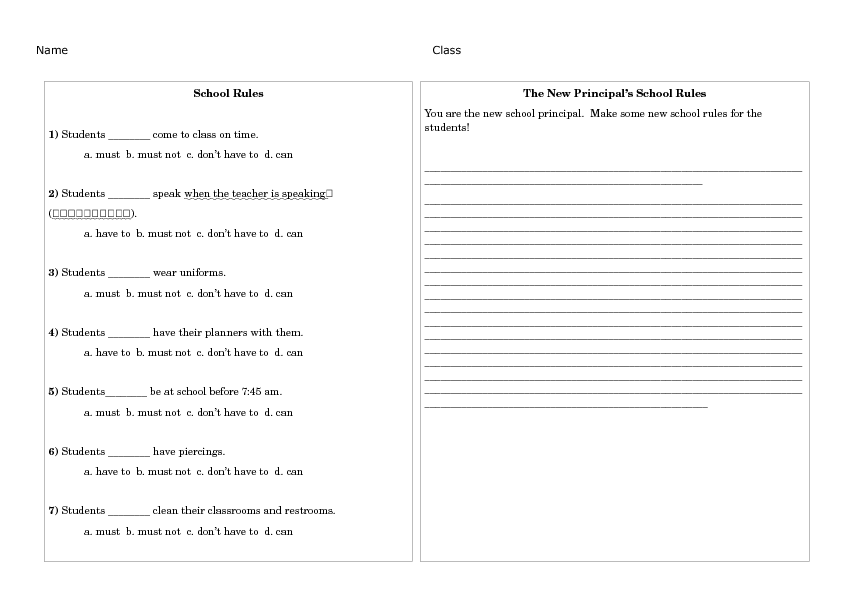
81 Free Must Worksheets

Teaching Must And Have To Necessity Modals Off2class

Have To Vs Must Watch This Video To Finally Learn The Difference

Modals Have To Must

Modal Verbs Can Must Mustn T Should Have To Ficha Interactiva

The Difference Between Must Have To Shall Need And May
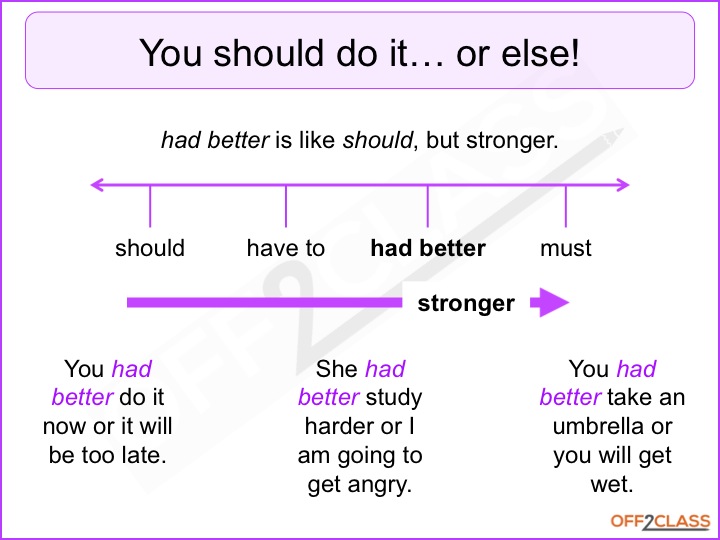
Teach Should And Ought To Advisability Modals Off2class
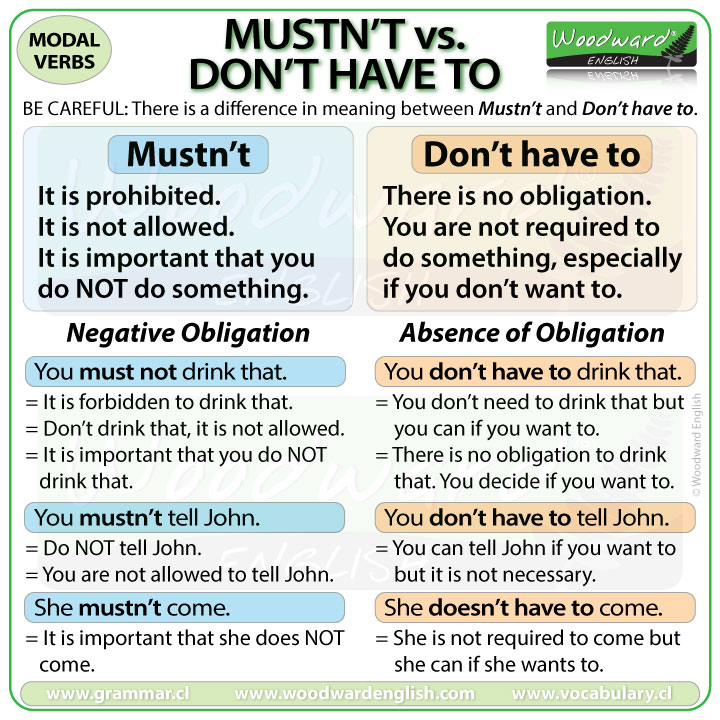
Mustn T Vs Don T Have To Woodward English
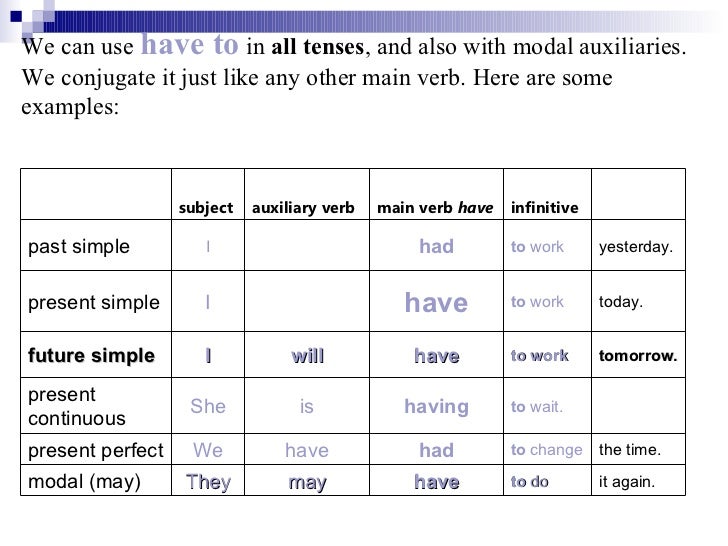
Should Must Have To
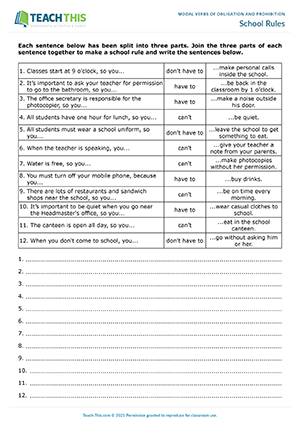
Modal Verbs Obligation Prohibition Esl Activities Worksheets Games
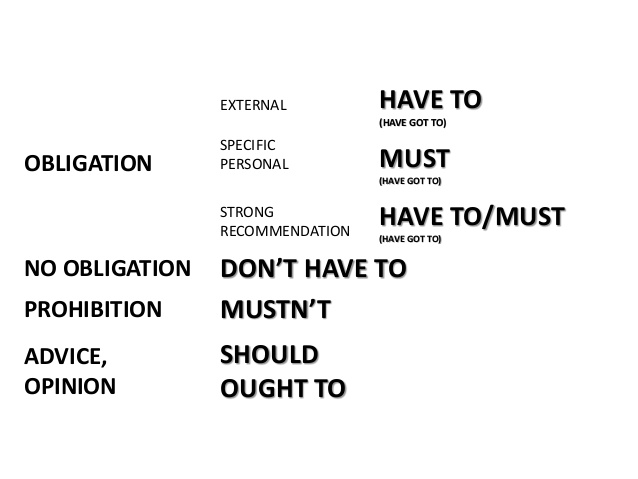
7a Advanced English Grammar Differences Between Must Have To Ought To Should Need Needn T Have

English Grammar Must And Have To Mustn T And Don T Have To Eslbuzz Learning English

Must Or Have To Interactive Worksheet

Must Have To Need Modal Verbs P 2 Myenglishness

Must Mustn T Have To Don T Have To English Esl Worksheets For Distance Learning And Physical Classrooms
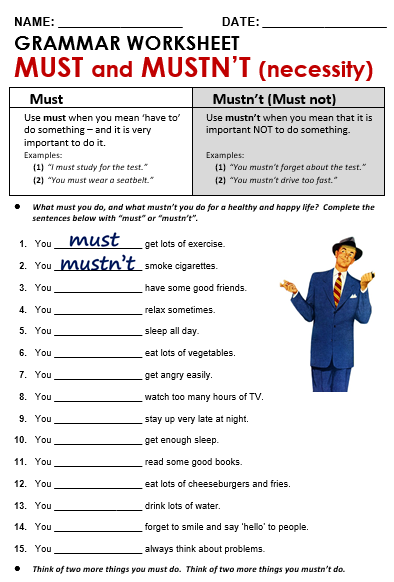
Must Necessity All Things Grammar

Modal Verbs Must Should Have Has To Lessons Tes Teach

Must Have And Nice To Have Criteria Download Table
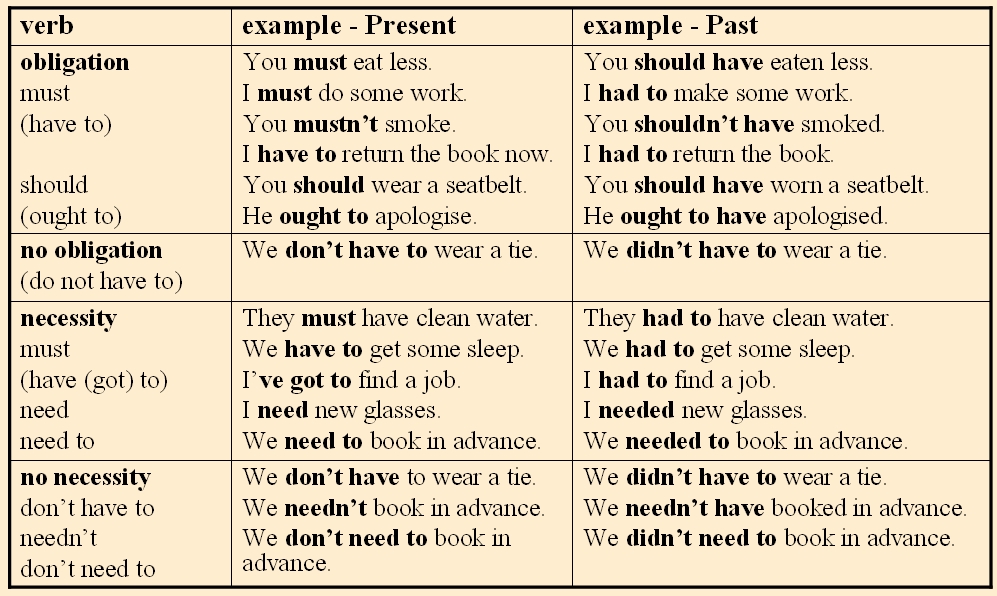
Obligation And Necessity Modal Verbs
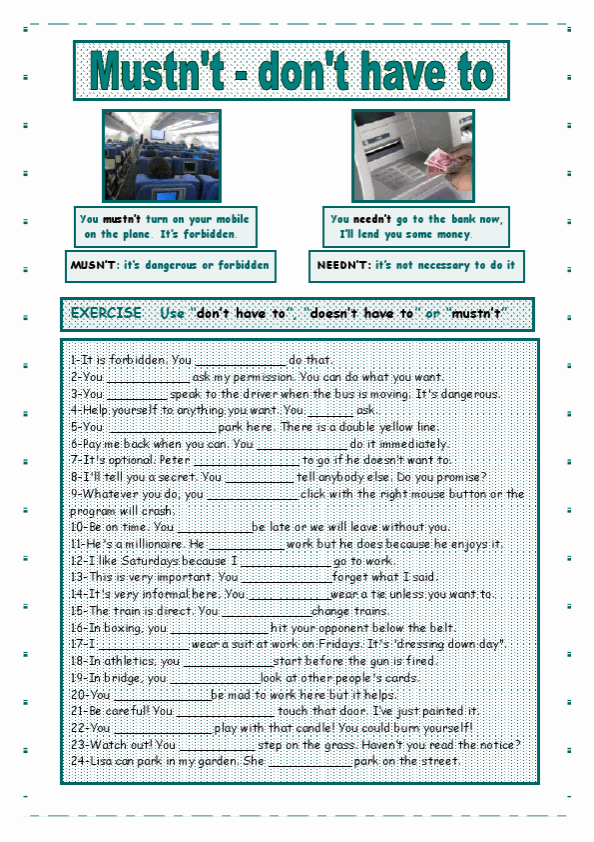
Mustn T Or Don T Have To Must Have To Esl Printable English Grammar Exercise Worksheets For Kids And Teachers

Using Must And Have To In English English Study Here

The Difference Between Must Have To Shall Need And May

A Brief Guide To Using The Italian Modal Verbs Volere Dovere Potere Smart Italian Learning
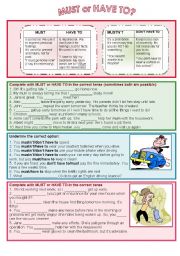
English Exercises Must Or Mustn T
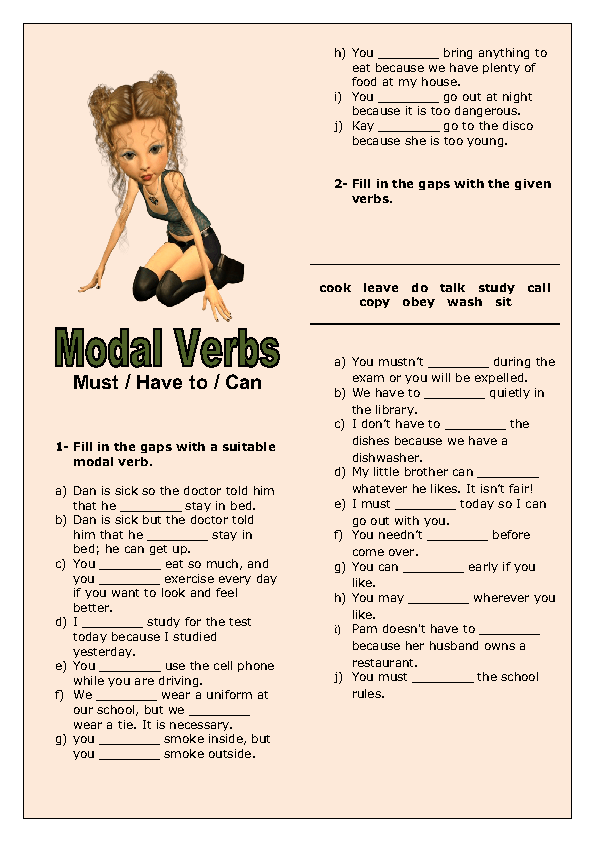
57 Free Have To Worksheets

Difference Between Have To Should And Must In Telugu Learn Spoken English Through Telugu Youtube
Q Tbn 3aand9gctznsybspyfxmkyd8r N8mi2lbq6hzhyhrnbzlsuzndvk6fsmu4 Usqp Cau

Have To Vs Must Watch This Video To Finally Learn The Difference

Devoir A French Verb Must Lawless French Grammar

Understanding Modals Of Necessity Must Have Got To Have To Infographic Grammar Newsletter English Grammar Newsletter
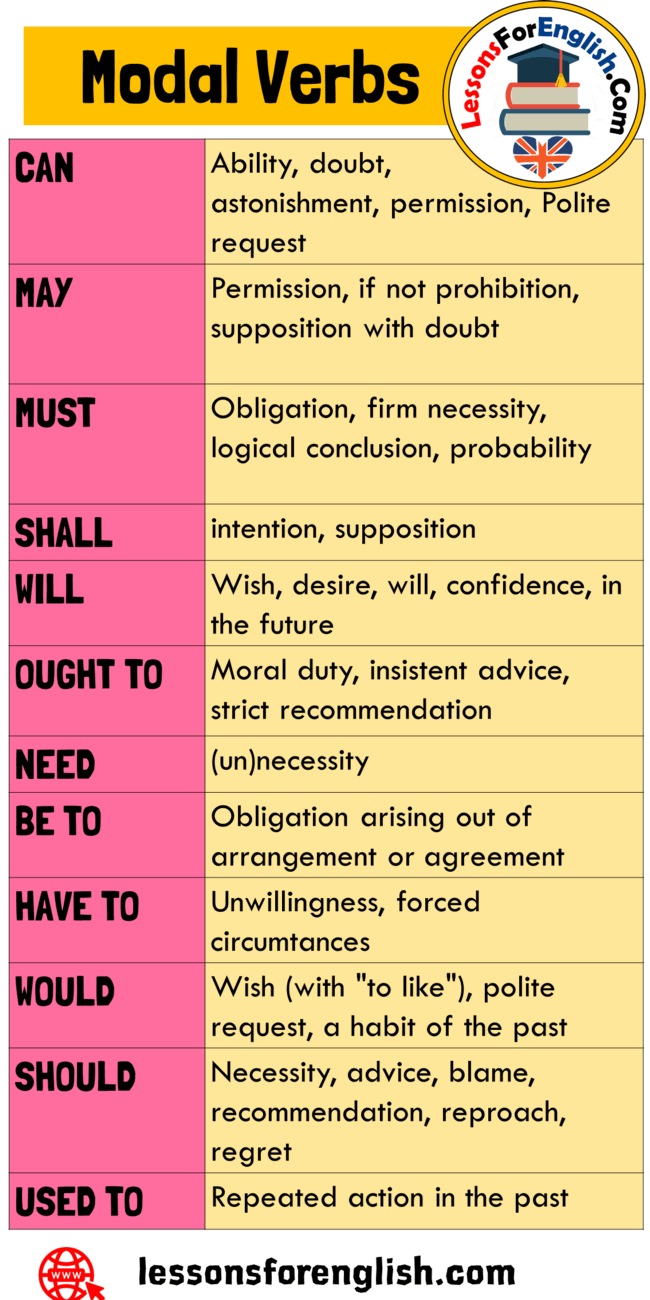
Modal Verbs Can May Shall Need Ought To Have To Would Should Used To Definition And Examples Lessons For English

Modal Verbs Must Mustn T Have To Don T Have To Can Be Able To Esl Worksheet By Esther1976




